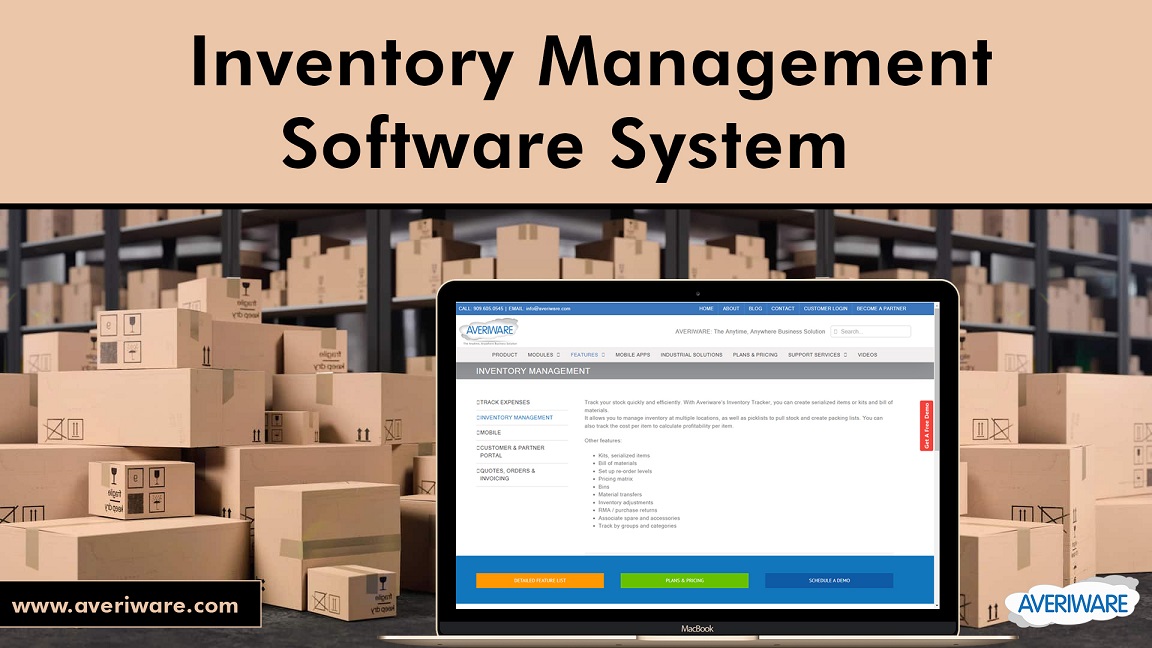Warehouse management systems (WMS) are software applications that support the day-to-day operations in distribution centers and warehouses. By automating and optimizing key warehouse activities, WMS solutions enable companies to improve customer service while reducing inventory levels and operating costs. A comprehensive WMS will include modules to track inventory, manage labor, and optimize the receiving, putting away, picking, shipping, and returns processes. In addition, many WMS solutions now offer advanced features such as warehouse slotting, cross-docking, and transportation management system (TMS) integration. As the use of WMS solutions has become more widespread, the features and functionality of these systems have evolved to meet the needs of today’s complex supply chains.
The future of inventory management is lean, green, and digital. By implementing these practices, your company will be able to optimize your warehouse management system (WMS), reducing waste and maximizing productivity. The first step is to go paperless. Traditional inventory management systems are reliant on paper documents, which can be lost or damaged. By digitizing your inventory management system, you will be able to track your inventory more accurately and in real-time. The second step is to implement a lean inventory management system. This means reducing the amount of inventory you keep on-hand, and only stocking what you need, when you need it. This will reduce waste and increase efficiency. The third step is to go green. Traditional inventory management systems are often energy intensive, using up valuable resources. By implementing a green inventory management system, you will be able to save money and help the environment.
In the future of inventory, the automotive industry will continue to grow in popularity and influence. While this trend is well underway, there are still many changes that need to be made in order to keep up with the constant changes in technology. For example, autonomous vehicles are expected to take off in the next few years, which could have a huge impact on how we shop. This change will not only affect how we drive our vehicles, but it will also affect how we shop for cars, as well as deliveries. By 2035, it is predicted that 98% of all U.S.-based retail sales will be done via mobile devices and digital channels. Mobile retail ecommerce sales are projected to exceed $430 billion in 2022, [A1] this means that retailers must adapt their methods of inventory management or risk being left behind. The future of inventory management is automated, with many companies relying on artificial intelligence and robotics for such tasks as picking products and packing them into boxes for shipping. The future of inventory management will be fast-paced and constantly evolving, so businesses need to stay on top of the latest technology trends and adjust their inventory management practices accordingly.
At Averiware, we combine best-in-class services with a holistic operational approach from infrastructure to innovative solutions and end-to-end managed services. We deliver leading next-generation technology solutions that go beyond customer expectations while providing highly talented resources to support our clients across functional areas of the organization.







